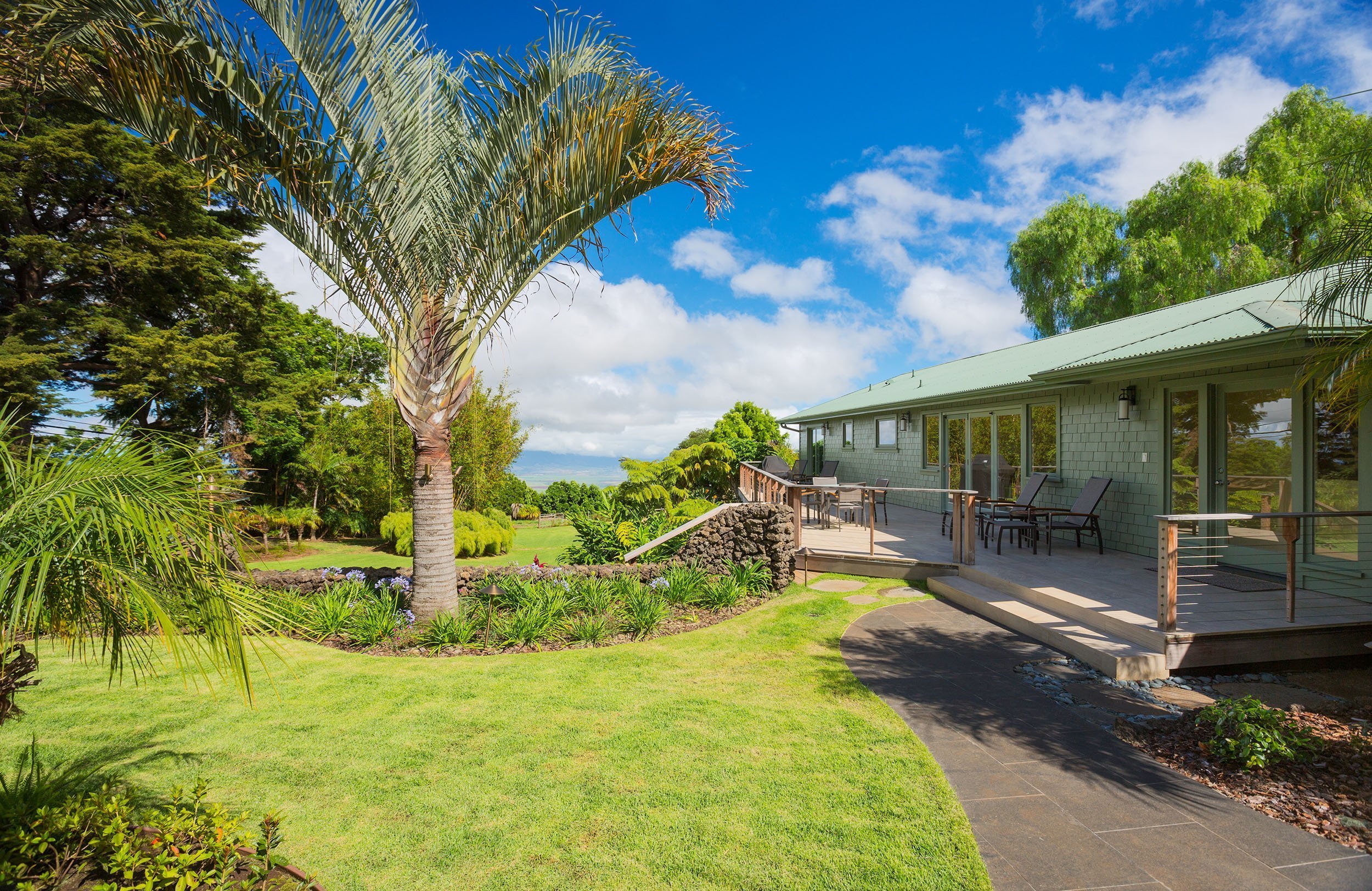
When considering new landscaping for your home, one thing to think about is having a low maintenance design that looks great at any time of year. A little careful planning can go a long way to making sure you don’t end up with time consuming maintenance just to keep it looking good. Whether your landscaping Wellington hillsides or the flats of the Canterbury Plains, any landscape design plan can be made hassle free.
To do this, we want to choose features that look great, but also stand the test of time without constant upkeep. In saying that, we can’t expect to have zero maintenance without losing visual appeal, but we can certainly get close without compromising on appearance.
Here are 7 key areas we can consider for low maintenance:
- Ground cover
- Patios and paving
- Planting
- Garden beds
- Watering
- Fencing
- Retaining walls
- Ponds
Let’s dive into these areas and see how we can make the most maintenance free outdoor spaces.
Ground Cover
The most common type of ground cover we know is lawn. A well looked after lawn looks great and is a great feature for any landscaping plan. Although, it does require just that, to be looked after. Lawns need mowing on a regular basis. Especially during spring and autumn when the growing conditions are ideal. And if you want it to look green and lush it requires fertilizing too, which makes it grow even faster! This can be a drain for those who like to spend their weekends doing the things they love, which for many of us is not mowing lawns.
And, not just mowing. Lawns need extra water during the summer to maintain that bright lush green appearance. This can be a problem if your area has water restrictions over summer or if you are rural and are on water tanks where reserves may be too low during the summer to afford an allocation to the lawn.
Another potential issue is controlling weeds in the lawn. Leaving a lawn to fend for itself can leave it riddled with unwanted weeds. No one wants a broadleaf or prickle infested lawn. It’s just more unwanted maintenance.
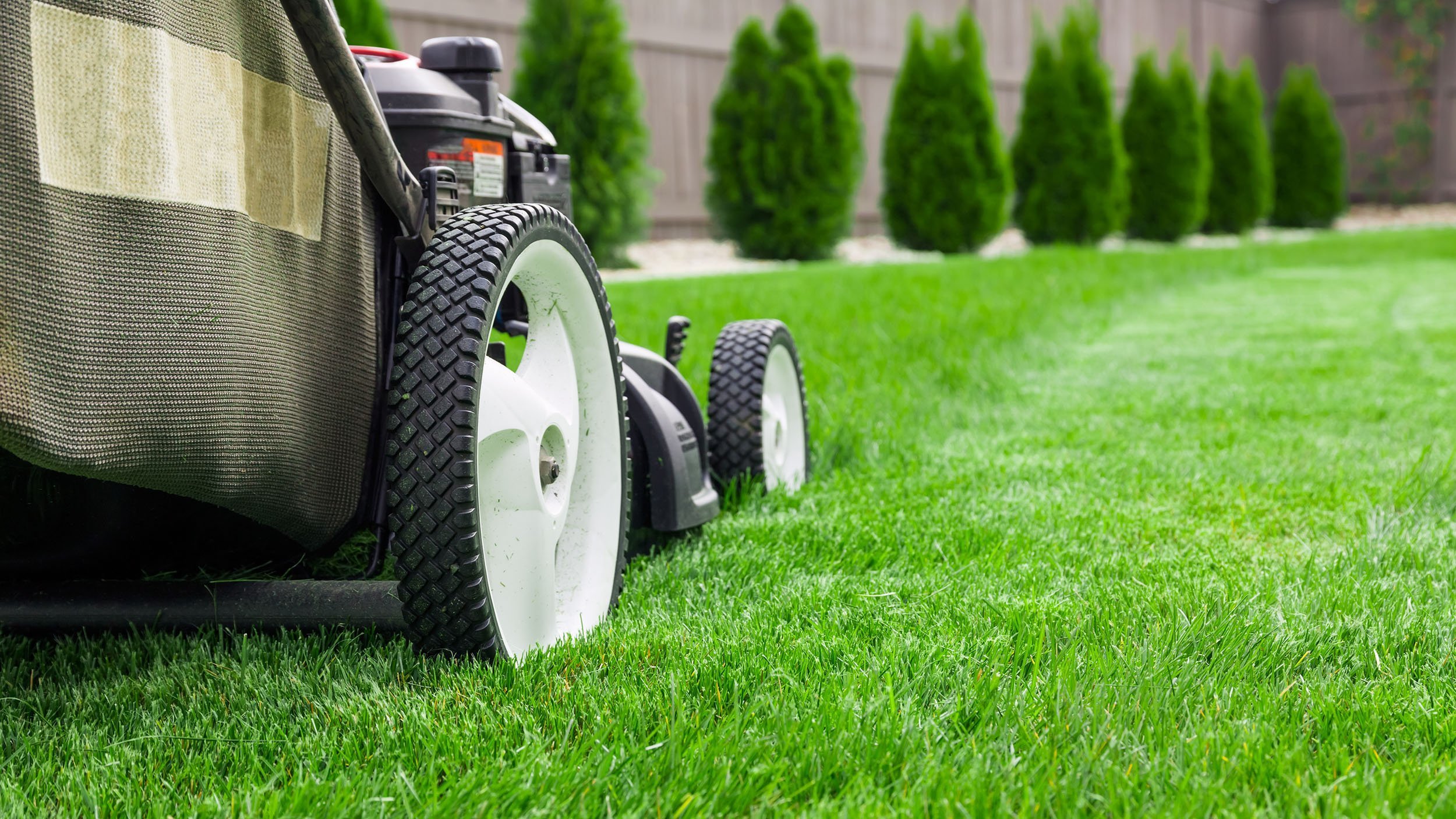
So, what are our options for reducing maintenance?
Apart from the obvious solution of paying someone to handle our lawn care, there are other options to achieve a great result with minimal maintenance work.
Artificial Grass. Yep, not uncommon today to have full lawns of artificial grass. And it has come a long way since the green plastic carpet that was about as far from natural as a lawn could get.
Artificial lawn is the most expensive lawn option out there, but it does ensure a great looking lawn year-round that is almost maintenance free. As long as you don’t have too many deciduous trees around, cleaning an artificial lawn can be done on a bi-annual or as needed basis.
Clever garden layouts can make lawn care much easier. Mowing strips and wide-open lawn spaces make mowing the lawn nice and simple. Avoid tight corners that prevent a lawn mower getting to every blade of grass. Having to come out again with a line trimmer to sort out the edges is time consuming and increases the cost of lawncare if you’re not doing it yourself.
Patios and paving
Having an area paved or concreted to make a functional outdoor space is a great way to reduce maintenance. Concrete is the most maintenance-free option here, but this can be expensive unless you are opting for a plain concrete slab, which can be less appealing visually.
Paving looks great, it’s relatively affordable and is very low maintenance. Ensuring the joins in your pavers are correctly sealed will ensure maintenance is very low. Controlling moss and lichen growth once a year is usually enough to keep it looking as good as new.
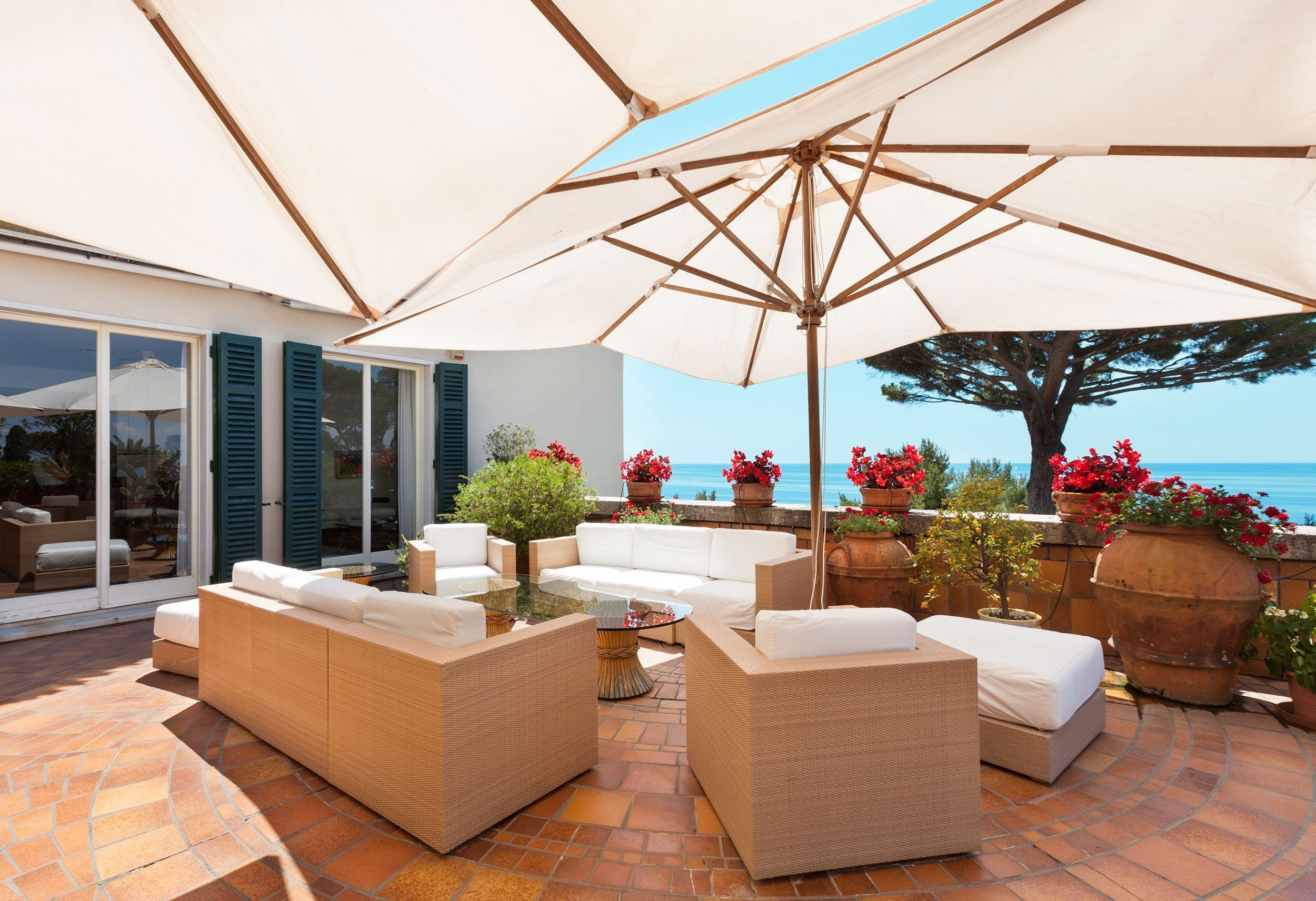
Planting
Choosing the right plants, trees, and shrubs for your landscaping project can be one of the hardest things to do based on the vast amount of choices available. Although to keep maintenance down to a minimum we can select to choose those varieties that require little attention once they are in.
Evergreen trees and shrubs are your best bet for a hassle-free outdoor space. Because they don’t shed their leaves in autumn you don’t have an abundance of leaves to clear every year. Once they fall into garden beds they begin to breakdown and this can cause a base for weeds to take hold if we have mulch or stone beds installed to minimise the weed grow
Also, choosing the right plants for your area and climate helps everything grow in harmony. Some species will grow rapidly in warmer climates and can be an issue for pruning, especially when it comes to hedging plants. Banksia, for example, can be used as a hedging variety, but they grow rapidly once established and need pruning several times a year to stop growing out of control.
When choosing plants be sure to look at the tag to confirm how large the plant is going to grow. Pair it with complementary plants that won’t compete for space and this will ensure you won’t have regular maintenance needed to keep things looking sharp.
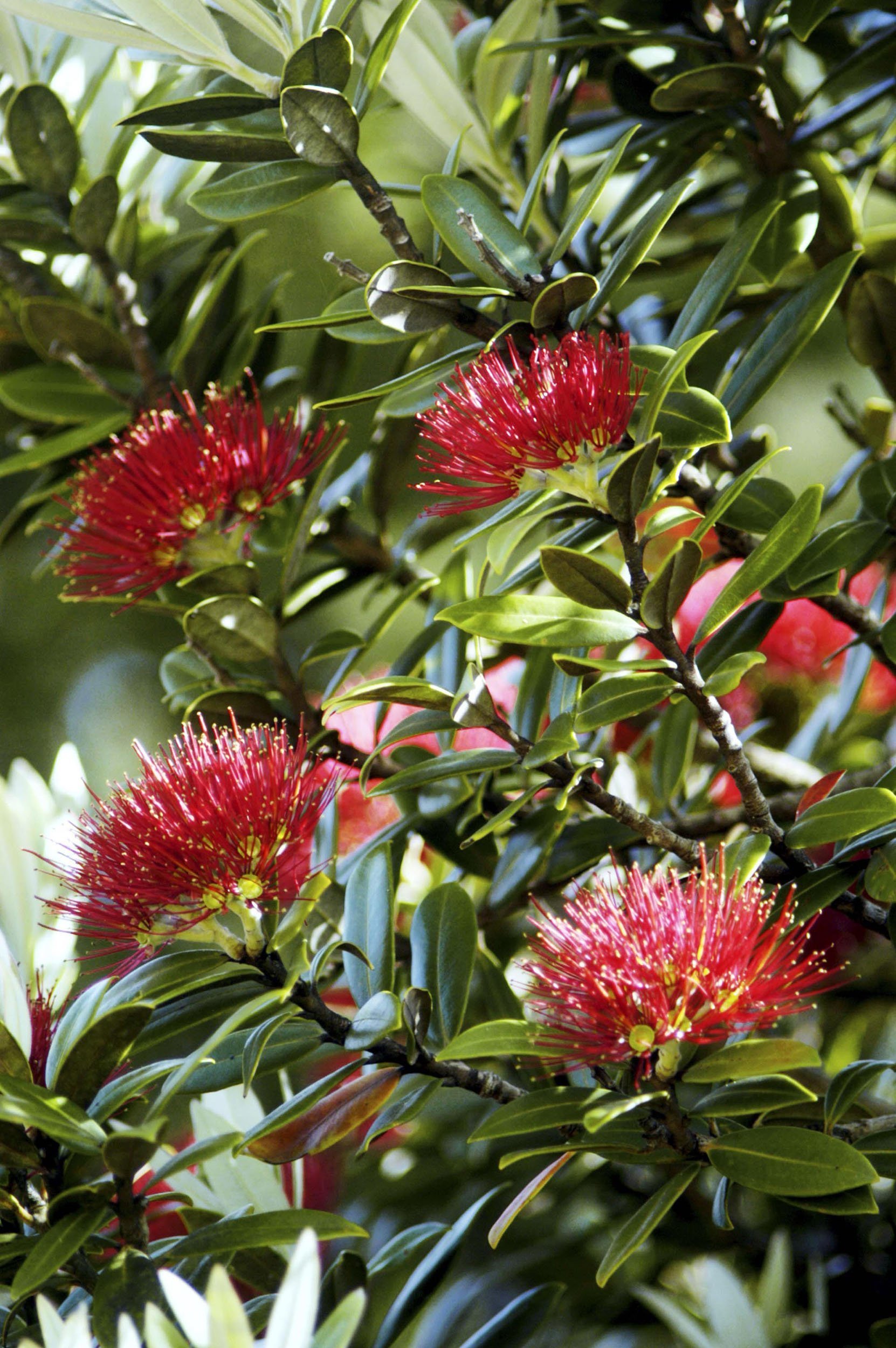
Garden Beds
Hand in hand with planting is garden beds. A sure-fire way to reduce maintenance is to have some sort of covering on the bed itself to minimise weeds. The most common options are either mulch or stones. Both will achieve similar results and both have a variety of styles to achieve the aesthetic you are going for. No matter which you choose be sure to place weed matting down first or your weed control efforts will be short lived. Another benefit to covering your garden beds is the stones or mulch keep the sun off the soil and this helps the garden bed retain moisture, minimising the amount of watering required during the summer months.
Mulch is a lot cheaper than stones to lay down. And it’s certainly a lot easier if you are doing it yourself. The drawback is that it needs to be replaced every 2-5 years. It will eventually get contaminated with weeds and the longer it stays in the place the more frequent your weeding schedule will be. A benefit of mulch is that as it slowly breaks down it is feeding the garden bed and helping your plants to grow and look healthy.
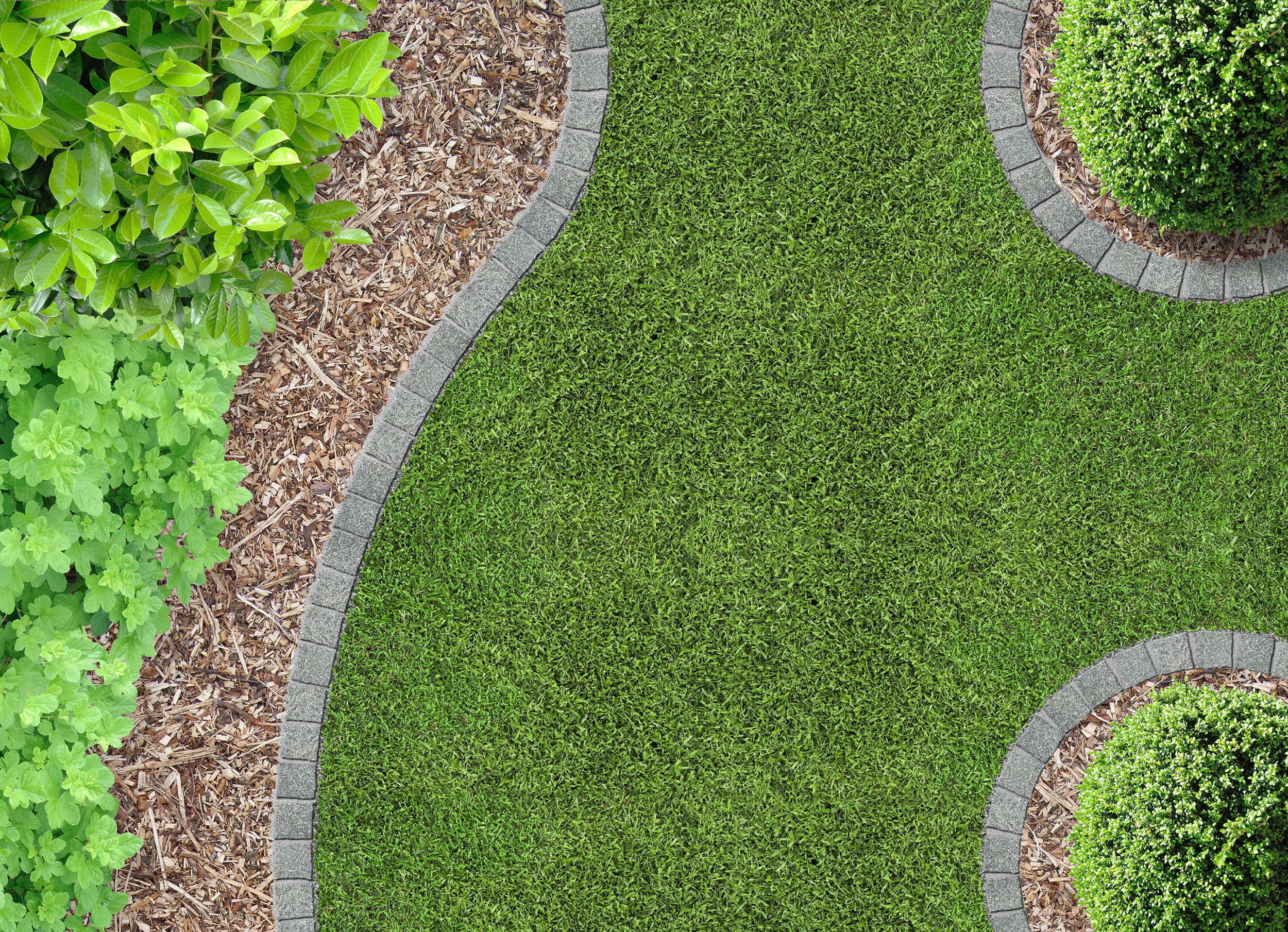
Stones are a premium option when creating garden beds. They last indefinitely and won’t breakdown. They also make it harder for weeds to take hold than mulch does. Even though you don’t need to replace stones as you do with mulch, the beds will eventually get contaminated with organic matter which will make the beds look messy and provide a base for weeds to grow. It can be a good idea every few years to remove the stones and rinse them down on a clean surface (concrete is ideal) before cleaning the garden beds and replacing the weed matting. It is a bit of work, but only required every 3-5 years.
Watering
Watering can be a time-consuming process, especially over the summer. An irrigation system can take the hassle out of keeping your gardens and lawn hydrated. Modern systems now have the option of an electronic timer control and Wi-Fi connectivity giving you the option to customize and control your watering schedule right from your smartphone. Combining this with covered garden beds which we mentioned above helping to retain moisture, you are set to conserve water and energy.
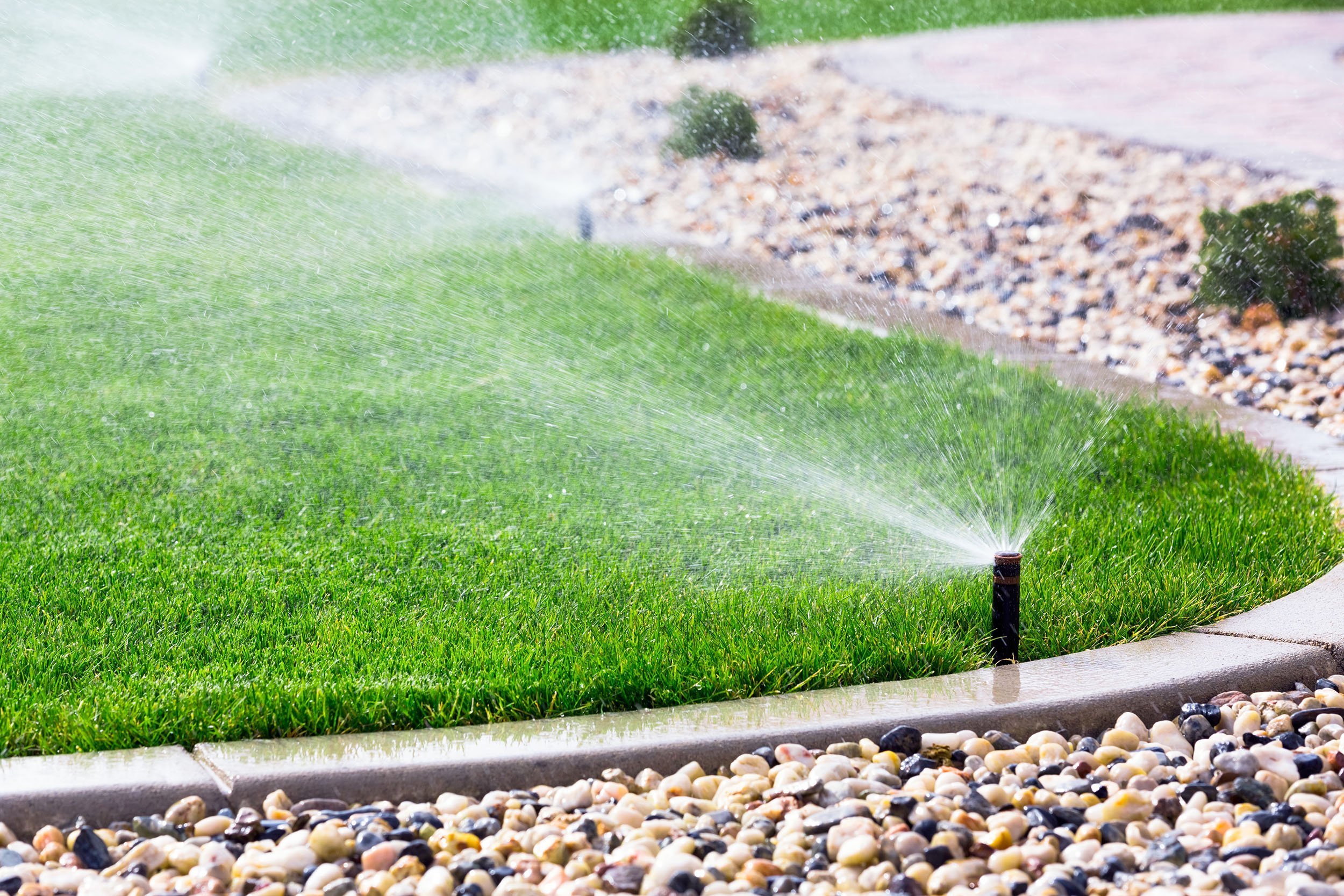
Fencing
A practical feature of many landscaping projects includes a fencing plan. When planning your garden consider where your fence is going or any existing trees that are close to the fence line. These may cause an issue down the road when tree roots and branches impact against the fence and can cause the fence to shift and lean. Also, consider that during high winds tree branches can sway into the fence causing damage, not to mention falling down and causing major damage to the fence which will be hard to replace without obvious signs of repair with new materials.
Consider cutting back trees or removing them if they get too big for their location. Some preventative maintenance on the trees early can save a lot of time and money later on.
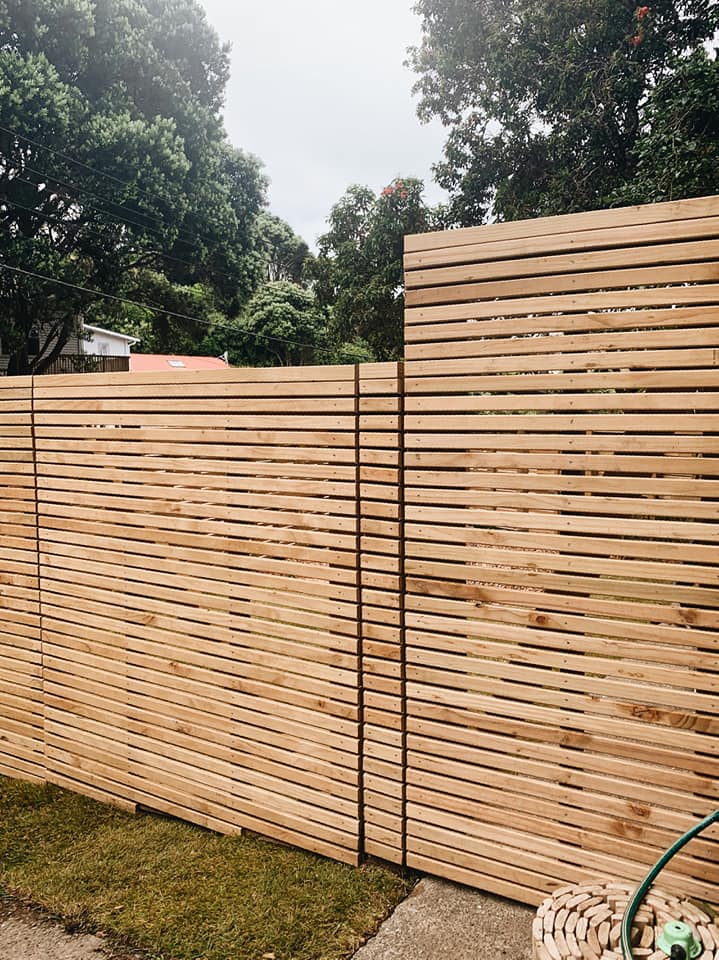
Retaining Walls
Retaining walls are a great way of achieving layers in a landscaping project. And considering the undulating terrain where we live, a retaining wall Wellington locals are used to seeing the Concrete crib blocks or timber pile and board retaining walls.
Although, when a retaining wall is constructed correctly they are virtually maintenance-free, there are a few things to consider to make life easier when choosing a style of retaining wall.
Crib block retaining walls are made from concrete blocks that interlock to create a strong retaining wall. They are not sealed however and have plenty of space for weeds to establish in the wall. This can be difficult to deal with especially when trying to use a weed killer to control the weeds if other plants are at the base of the retaining wall.
Timber or cinder block retaining walls are the easiest to maintain as they don’t have nooks for weeds to take hold. If a lawn is at the base of a timber retaining wall it should incorporate a mowing strip to avoid having to cut grass in between the poles of the wall which won’t be able to be reached very well by a lawnmower.
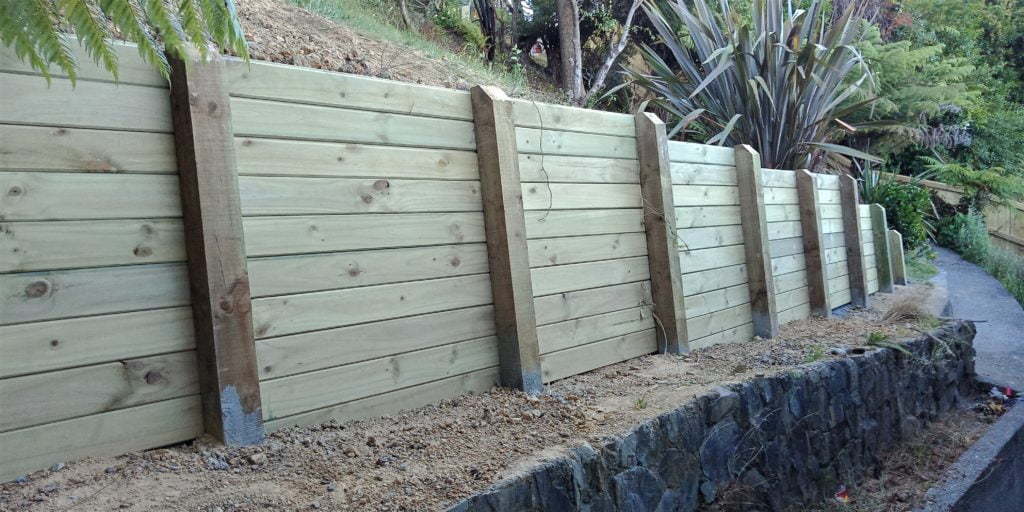
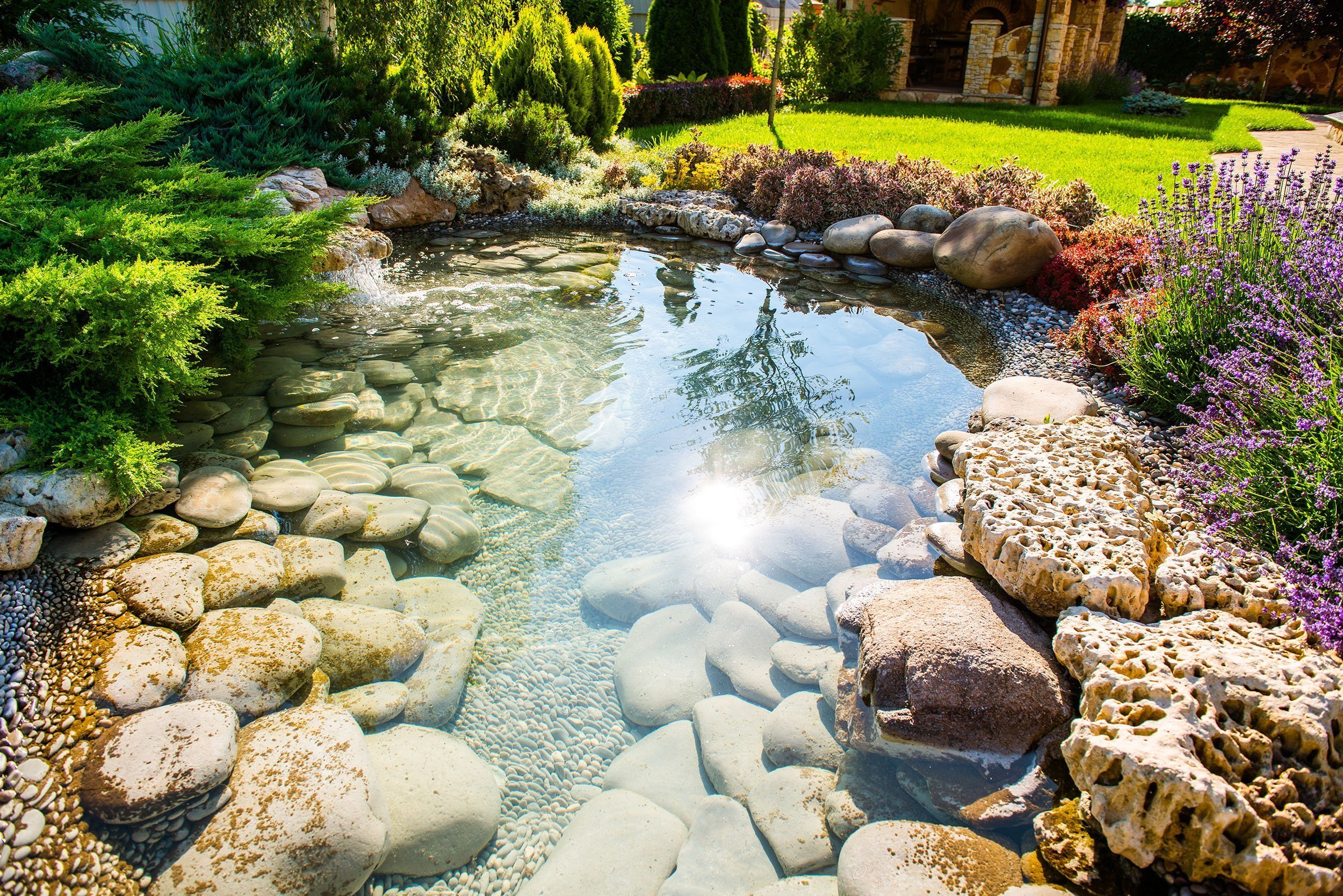
Ponds
Ponds are often a centerpiece of any landscaping project that includes one. They aren’t maintenance-free though and do require a considerable amount of work to keep them clean, and fish fed if your pond has permanent residents.
An alternative to a pond is a pondless waterfall or pondless stream. These water features are great because they have the soothing sounds of flowing water, but without the hassle of maintaining a pond, because there isn’t one. The stream and waterfall are fed by a silent water pump. The water flows down the man-made course and into the water reservoir. The water reservoir is hidden under the river bed stones at the end of the feature and is filtered before being fed back to the top via the pump. These systems are a great low maintenance option as there is no standing water in a pond which allows sunlight to fuel the growth of algae and other organics in the water. The only water in the system is constantly moving so remains clean.
The Wrap-up
To conclude, ensure you get advice when planning your next landscaping project and be sure to make a point that low maintenance is important whatever the outcome. A little extra thought can allow a great looking outdoor space that requires very little attention throughout the year and still looks great. People’s lives are busier now more than ever before without having to spend a lot of time maintaining our gardens.
The little amount of spare time we have to enjoy our outdoor spaces should be spent… doing just that!

Recent Comments